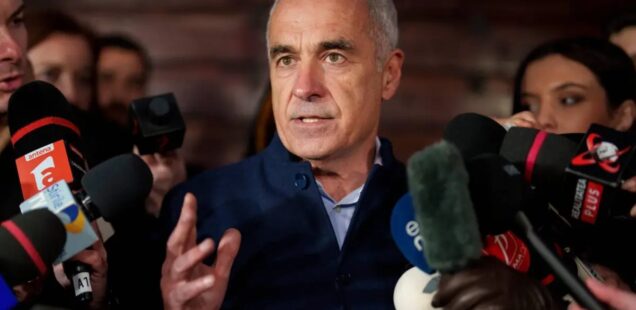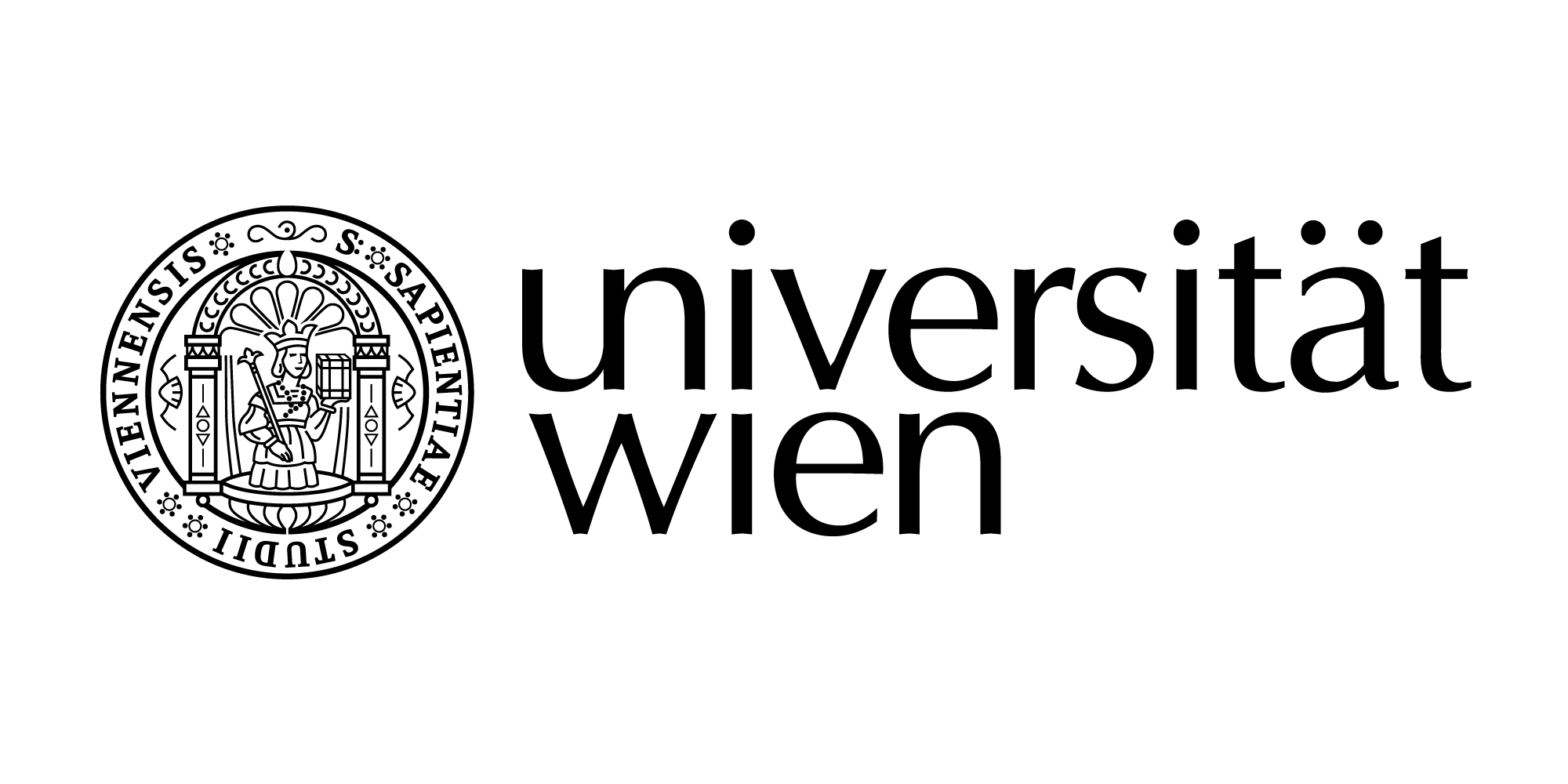
Romania’s Fragile Successes and the Rise of the Far Right
Once described by Tony Judt as “the tail light of Europe”, Romania’s development since joining the EU has been nothing short of impressive. Between 2003 and 2023, the economy virtually exploded: nominal gross domestic product (GDP) grew 6.3 times and per capita GDP grew an impressive 7.1 times. The latter is now €17,000. EU convergence – measured in terms of GDP per capita in purchasing power parity – rose from 32% to 80%, an economic success that would have impressed even the most skeptical of Brussels technocrats. Exports have increased more than tenfold, from €12.4 billion to €127 billion. Average wages have increased 7.4-fold to €1,021. Life expectancy has increased by 5.6 years, and unemployment has fallen to just 5.6%.
Why then has the far right gained so dramatically in Romanian politics? How did far-right parties, led by the AUR (Alliance for the Union of Romanians), win a whopping 32% of the vote in the first round of the presidential elections in December 2024 – a huge leap from 9% in 2020 and 15% in the summer 2024 local and European elections? How did it come about that only a ruling by the Constitutional Court – on shaky legal grounds – was able to prevent the presidential election from giving Europe its most radical far-right head of state? After all, it is considered certain that Călin Georgescu, the poster boy of the far right who presented himself as a local version of Trump, would have won the runoff on December 8.
The conventional answer is that Călin Georgescu’s meteoric rise was fueled by an innovative TikTok campaign, allegedly orchestrated by a foreign power, that briefly propelled him to 9th place in global trends. But while Georgescu is undeniably a social media master and Russia’s interference cannot be ruled out, there are deeper and homegrown problems that have contributed to this political earthquake. These are obscured by the conventional answer.
Growing inequality, widespread dissatisfaction and mediocre political elites
One of the reasons for the surprising election result is that Romania’s impressive macroeconomic indicators hide an ugly downside – massive inequality, growing dissatisfaction and institutional neglect. The fault lines this triggered opened up in the December 2024 elections.
Another reason is that Romania’s centrist coalition of liberals and social democrats has been characterized by mediocrity and gridlock for years. In the elections, it fielded completely unsuitable candidates – lackluster speakers with an inept, overly folksy style that often slid into careless disrespect. They avoided debates, relied on poorly memorized, cliché-riddled scripts, and exuded an aura of contempt for the public. Even heavyweight Mircea Geoană, deputy secretary-general of NATO and former leader of the Social Democrats, was sidelined by his own party. In contrast, Georgescu was able to fill the vacuum with nationalist rhetoric and find an audience among the frustrated diaspora and neglected rural population.
Romania’s diaspora, which numbers four million and was once a supporter of liberal parties like the USR (Union to Save Romania), was hijacked by the AUR. The party combined cultural conservatism with a tight organization. The diaspora’s dissatisfaction with the rising cost of living in the West and the neglect they felt from Bucharest was perfectly aligned with Georgescus’s polemic. Added to this are the discontents in rural areas. While cities mostly benefit directly from EU integration – they receive investment, infrastructure and jobs – these funds do not reach rural areas. 60% of the rural population lives near the poverty line on less than €5 per day, a situation more common in Latin America than in the EU. Georgescu took these bleak realities and shaped them into a narrative of betrayal, with the political elite as the scapegoat.
But inequality and growing discontent, as well as the mediocrity of the political elite, only partly explain the rise of the far right. Georgescu’s rise also reveals the weakness of Romanian institutions and the impact of Russia’s war of aggression in Ukraine.
The weakness of Romanian institutions
Georgescu was anything but an unknown quantity operating in secret. He had spent years building a support network that remained unchallenged for a long time. He relied on charismatic clergy, former military officials, social media influencers and small-town media outlets. His messages resonated with the cultural conservatism of many local institutions. He opposed official criticism of anti-Semitic figures of the interwar period, presenting them as victims of a “woken” revisionism, effectively normalizing extremist narratives that were enabled by the absence of critical engagement with the country’s fascist past. Laws against fascist glorification were rarely enforced. School curricula focus on the study of saints rather than local history.
The secret services also remained largely inactive. Although they noticed the growing influence of Georgescu’s rhetoric, they largely dismissed it as unimportant. When Georgescu received the most votes in the first round of voting, he publicly appeared with an extreme right-wing paramilitary group that reportedly consisted of Romanian mercenaries with military backgrounds. This prompted a belated crackdown by the security apparatuses, but it was already too late. Romania’s security institutions had failed and the Constitutional Court was under enormous pressure to justify extraordinary measures to protect democracy, thereby setting dangerous precedents for the country’s political future.
Geopolitical fault lines
Then there is geopolitics, which acted as an accelerant. Romania’s proximity to the war in Ukraine fueled fears. Three developments in 2023 significantly changed public opinion, which had initially been pro-Ukraine, and the far right exploited each one. First, tensions were exaggerated between Kyiv and the ethnic Romanian minority in northern Bukovina – an area that belonged to Romania in the interwar period. Second, disputes over Ukraine’s dredging of the Danube sparked nationalist outrage. Thirdly, the access of cheap Ukrainian grain to the Romanian markets led to farmers’ protests, which were widely reported in the media. These grievances were skillfully used by Georgescu and the AUR, which portrayed the government as a puppet of Brussels. The far right increasingly promoted a narrative of neutrality by opposing arms transfers to Ukraine and the use of Romanian territory for NATO military logistics. This narrative was well received after Russia explicitly threatened a nuclear strike just days before the first round of the election in Romania.
The rise of the far right is no coincidence
All in all, the rise of the far right is no coincidence. It is the result of decades of institutional neglect and unresolved tensions. As rumors of foreign influence spread, Romania’s most pressing task lies at home: tackle glaring inequality before Brussels austerity measures in 2025 escalate the political crisis into disaster. What was once considered a prime example of transformation has become a warning: without inclusive growth and vigilant institutions, even the most successful success stories can fail.


